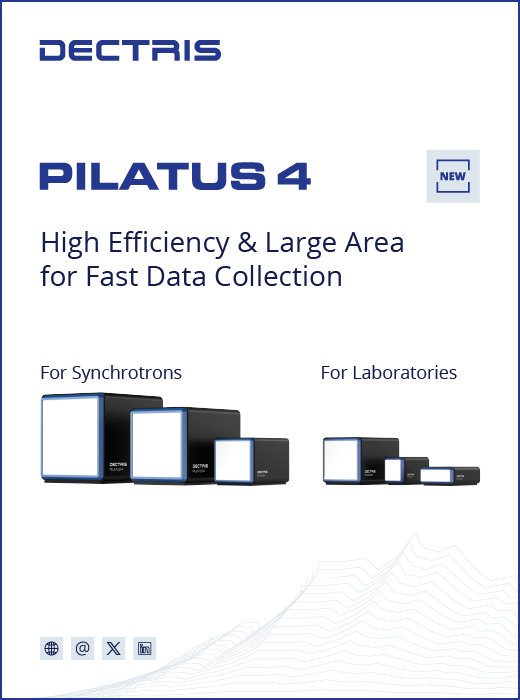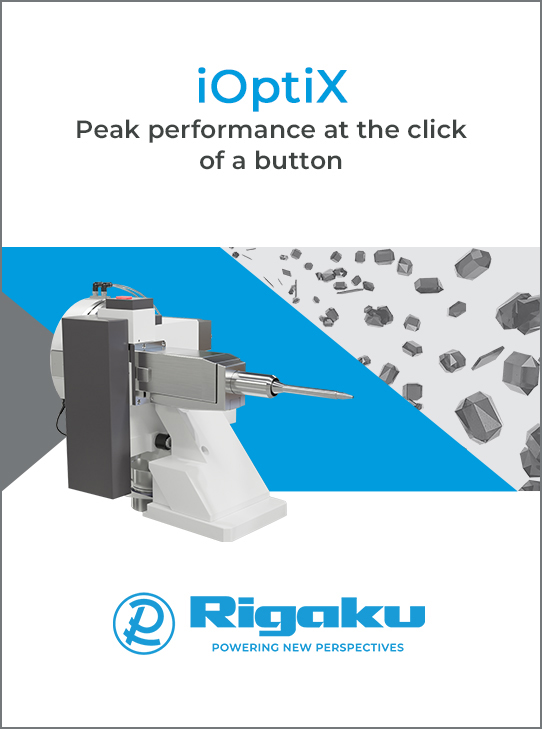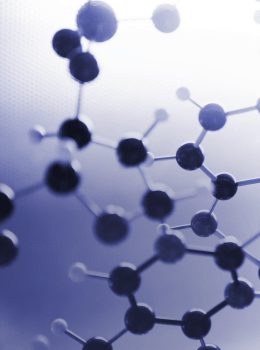
Editorial
Editorial
![Thumbnail [Thumbnail]](https://www.iucr.org/__data/assets/image/0003/157980/ediorial_thumbnail.gif)
The IUCr Congress this summer was a great success, with attendees coming from across the world. Bringing schoolchildren into the heart of a scientific congress such as this was brilliant. In this issue of the IUCr Newsletter, Stuart Batten, Helen Maynard-Casely, Rosemary Young, Emily Furlong and Bryce Mullens describe this aspect of the IUCr Congress entitled Crystal-a-con. We are indeed fortunate that crystallography and crystal structures can be made to look so attractive and interesting to excite the interest of young people.
The science of crystallography has a long history, but it is only within the last 400 years or so that our understanding of crystals and their atomic structures has “crystallised”, so to speak. The study of crystallography turns out to have been conducted by many scientists well known for their research into other scientific disciplines. So, for example, Johannes Kepler, famous for his theory of planetary motions, also became interested in the symmetry of snowflakes and also in the close packing of spheres to explain morphology. Then again, Robert Hooke, famous for his Law, among other things, also tried to explain crystal morphology using the packing of spheres (see Fig. 1). So, the principle of periodicity in crystals was the subject of interest for many scientists in the past. One of my scientific heroes, Louis Pasteur, better known for his work on microbes, also started off as a crystallographer with his study of optical activity in tartrate crystals. So, now I see that even John Dalton, whom we all know for his theories on gases and atoms, also had crystallographic leanings. I never knew that, did you? Well, in a feature article, Istvan and Magdolna Hargittai reveal all about this aspect of Dalton’s life.
![[Fig. 1]](https://www.iucr.org/__data/assets/image/0008/157967/Fig.-1.png)
One of the problems facing crystallographic publications is how to evaluate the correctness of a particular submitted crystal structure. So, it is incumbent on all referees and journal editors to ensure that at least the proposed structure makes chemical sense. In my experience, there are two or three cases that need attention. Sometimes, it is a matter of fraud. For example, recently, I refereed a paper in which it became evident that the authors had merely copied the coordinates from a much earlier Rietveld refinement published by other scientists and used them with the atom labels changed to match those in their own compound of interest. Then, you have cases of scientific misunderstanding. I am reminded that several years ago, I came close to failing a PhD student during his viva voce examination (something that I had never done before) over his quoting of errors in pressure measurements to 7 figures of decimals! Even after explaining that you cannot simply copy out the results of a computer calculation like that, and after he tried to argue that the computer results are correct, he finally agreed to change the errors in his thesis to single figures of decimals, but he did so with exceedingly bad grace. I don’t think he ever really understood my objection despite nearly an hour of trying to explain to him the significance of errors.
The article on mythical compounds highlights problems with structure validation. It is all too easy to collect some data and refine it to apparently good agreement but arrive at a nonsensical crystal structure arrangement. A personal example of this was when I had a paper to referee in which the authors claimed to have carried out a Rietveld refinement on both X-ray and neutron powder data and to have obtained very low, so-called R factors. However, they did not give the actual refined atomic coordinates in a table. When they finally revised the paper, I saw that their X-ray and neutron coordinates bore no resemblance to each other. On plotting out their structures, it became obvious that the refined structures made no sense at all! Perhaps an extreme example of mythical compounds has been in the recent publication in Nature of the use of generative AI to predict the existence of hundreds and thousands of new crystal structures. Unfortunately, as pointed out in the Twittersphere (or is it X-sphere?) by Robert Palgrave, examination of the structures reveals that many seem to make no chemical sense at all nor provide powder diffraction patterns that match the experimental measurements! Computers, eh?
Sadly, as usual, we have to report the deaths of two of our distinguished colleagues, Bob Blessing (USA) and Henk Schenk (Netherlands). Both were well known for their scientific research and their services to the crystallography community. I remember many happy discussions with Henk on the crystallography of chocolate, which turns out to be the most essential factor in determining its taste and texture. Crystallography appears everywhere!
Copyright © - All Rights Reserved - International Union of Crystallography








